Why Home Staging Is a Marketing Strategy (Not Just a Styling Upgrade)
When people think of home staging, they think it’s about making a home look pretty.
It’s not.
It’s about making a home marketable.
That might sound like semantics, but it’s a critical difference. Because when you treat staging like just an aesthetic touch-up, you miss the entire point: staging isn’t about taste – it’s about strategy.
Staging is a tool to help buyers emotionally connect with your property. It’s part psychology, part design, and entirely focused on one thing: helping you sell faster and for more.
Let’s break down what staging actually does – beyond fluffing cushions and choosing the right throw rug.

Every home has features worth showing off. Staging highlights those – and just as importantly, hides what might otherwise distract.
Great staging creates flow through the home. It draws the eye to the best bits – like natural light, high ceilings, or a generous living area – and helps buyers understand how to move through the space.
Left to their own devices, buyers will notice the flaws first. Staging makes sure they notice the potential.

This is where psychology kicks in.
People don’t buy houses. They buy what they think their life will be like in that house. Coffee at the kitchen bench. Kids playing in the backyard. Movie nights in the lounge room.
Staging paints that picture.
It gives every room a purpose and every corner a reason to exist. It lets buyers mentally move in before they’ve made an offer – and that emotional investment? That’s what drives better results.

Clutter, personal items, or confusing layouts don’t just look messy – they make buyers question how the space works. And when buyers are confused, they hesitate. Hesitation kills momentum.
Staging removes those roadblocks. It clears out anything that might create doubt and replaces it with clarity.
By staging strategically, you remove uncertainty – and uncertain buyers don’t make strong offers.

Every room should make sense. If buyers walk in and wonder, “What is this space even for?” – they disconnect.
Staging solves that. It turns an empty corner into a study nook, an awkward layout into a functional living space, and a spare room into something with purpose – whether that’s a guest bedroom, home office, or nursery.
When buyers can clearly see how each area could support their lifestyle, it creates connection. And connection is what turns a walk-through into a serious offer.

In today’s market, where buyers are scrolling past dozens of listings at a time, your property needs to stand out instantly.
The first few seconds – whether it’s in a photo, a video, or a physical walkthrough – can make or break interest. Staged homes photograph better, show better, and linger longer in the buyer’s mind.
When buyers are seeing five similar homes in a day, a staged home is more likely to be the one they remember… and the one they come back to with an offer.

Here’s the bottom line: staged homes don’t just look better – they sell better.
Buyers will pay more when they perceive more value. Staging creates that perception by making your home feel fresh, functional, and desirable.
In a slower market, that can mean the difference between a quick, confident offer and weeks of silence followed by discount negotiations.
And in a hot market? It can spark competition – pushing the price up and the stress down.

It’s about results.
It’s a marketing strategy that positions your home as the most desirable option in a buyer’s mind. One that removes doubt, builds connection, and tells a story they want to say yes to.
You’re not just selling a house. You’re selling what that house makes possible – a faster sale, a better offer, and a smoother move to whatever’s next.
And staging? That’s how you make it happen.
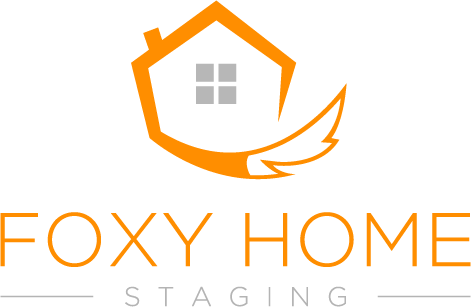
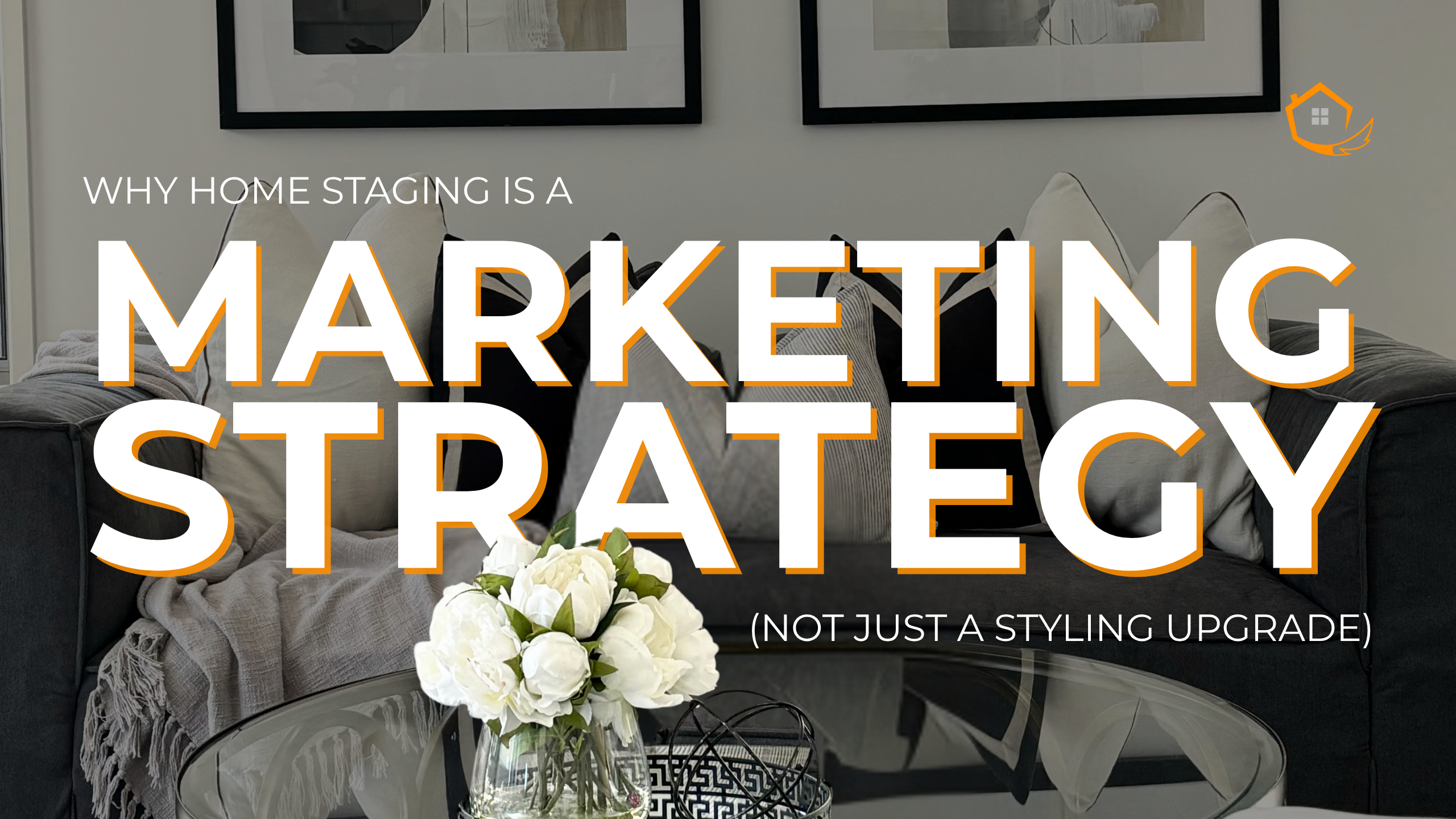
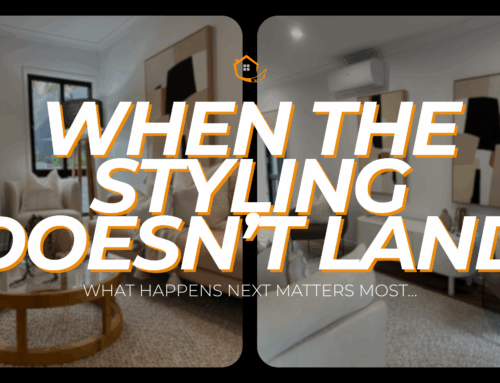

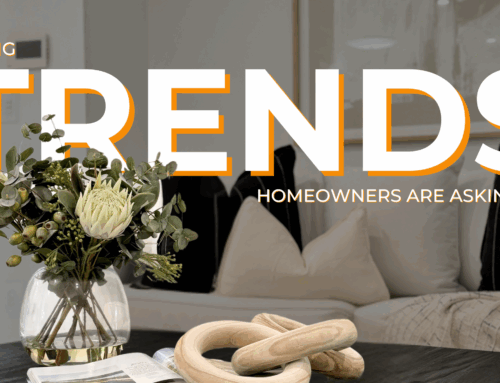
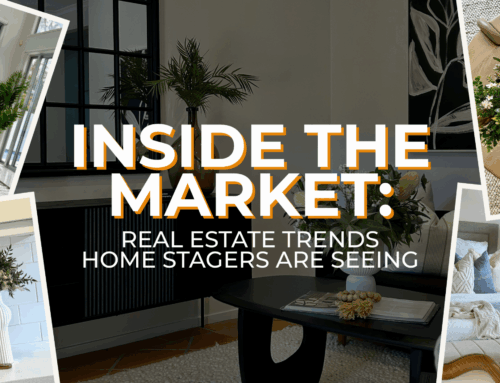
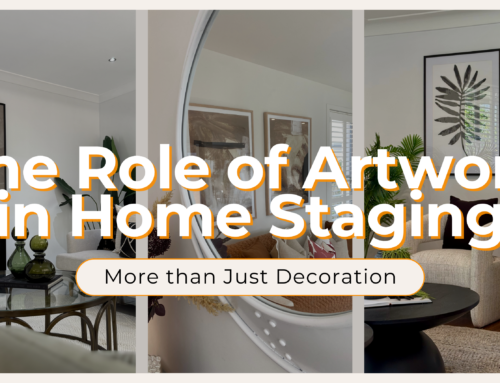
Facebook Comments